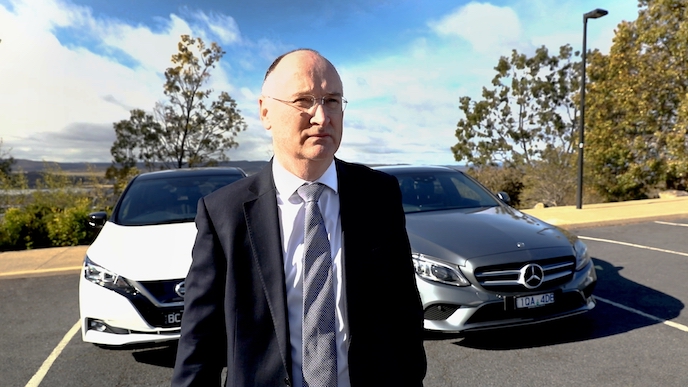
According to the Federal Chamber of Automotive Industries (FCAI), a mix of technology, taxation, and infrastructure development must be the primary elements of Government planning for the pathway to net zero emissions from the light vehicle sector.
These recommendations form part of the FCAI submission in response to the Commonwealth Government’s Transport and Infrastructure Net Zero Consultation Roadmap.
According to FCAI chief executive Tony Weber, the policy must go beyond vehicle electrification to include features like low-carbon liquid fuels, an equitable road user charge, the ongoing development and expansion of recharging infrastructure, and eliminating the luxury car tax (LCT).
“The introduction of the New Vehicle Efficiency Standard (NVES) provides industry with certainty regarding the expectations and ambitious targets of the Government,” Weber says.
“However, this is not a ‘set and forget’ direction. There is a need to continue to focus on the broader enabling environment and how we can reduce emissions in the existing fleet while the transition occurs.
“Policy that drives the supply of vehicles will struggle unless consumers become a part of the solution to achieve net zero emissions through effective and efficient levels of support and encouragement,” He says.
Weber says progressive taxation reform would be integral to the journey to net zero.
“Scrapping the LCT, a tax on new vehicle technology, and extending the FBT exemption for Plug-In Hybrid could support EV adoption and are necessary to consider.
“An efficient and equitable road user charging framework can be considered as a replacement for a range of outdated and inefficient tax measures while maintaining sustainable funding for roads and transport infrastructure into the future,” he says.
Consumers remain significantly prioritised in developing public and private electric vehicle recharging infrastructure, and Weber acknowledged the activity of the Commonwealth, State, and Territory governments.
“Governments understand the importance of the development and performance management of recharging infrastructure, and significant investments are being made,” Weber says.
“This is a good start, but more needs to be done.
“There are big challenges ahead, particularly the infrastructure rollout to regional and rural Australia. This is a complex work that must be done in parallel with the capability and capacity of the electricity distribution network.”
“While electrification is seen as the most obvious method of reducing vehicle emissions, FCAI believes that all relevant technologies must be considered to offer solutions to new and existing vehicles in the Australian fleet.
“Australia has more than 21 million registered vehicles, which will take time to transition. It may be possible to leverage Low Carbon Liquid Fuel solutions across the transport sector, and we should be considering policy outcomes that encourage production and supply opportunities.
“The key message is that multiple pathways will be required during the next decade and beyond to achieve governments and industry’s net zero emissions objectives,” he says.
A full version of the FCAI submission can be found at this link:








